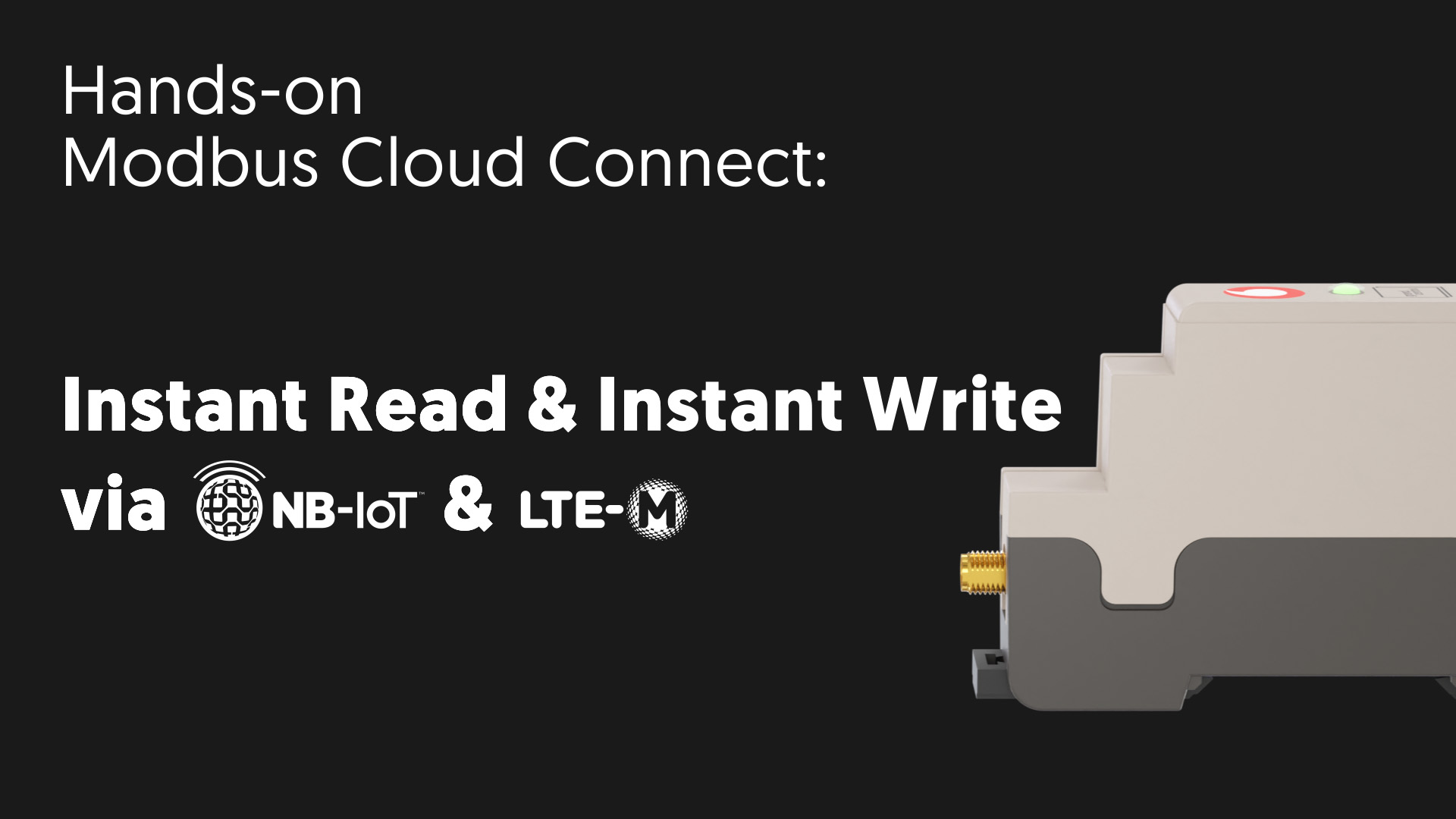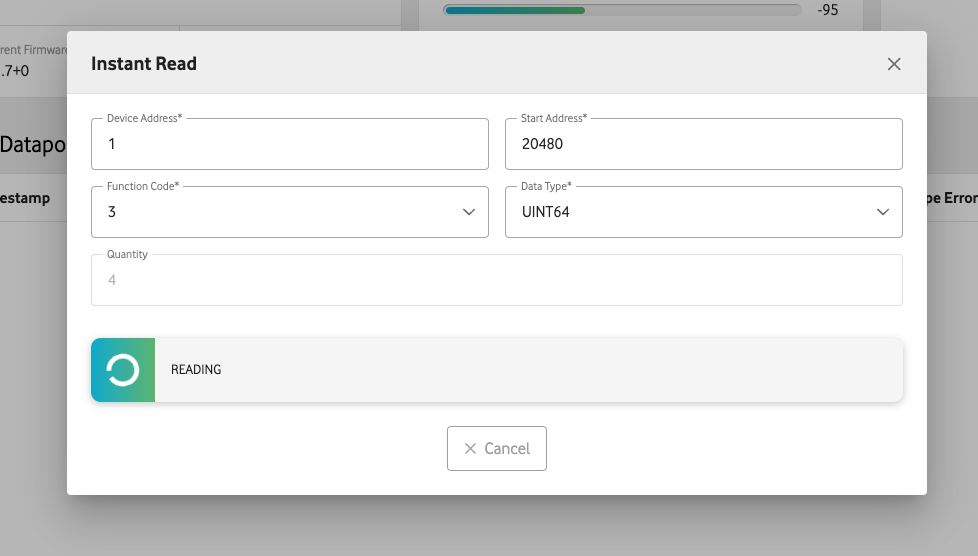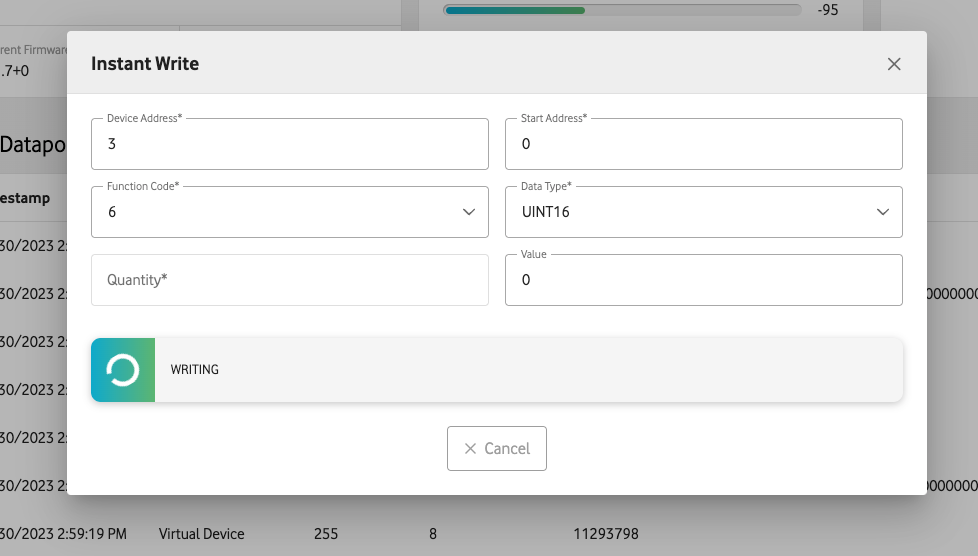Scenario / Example
Your company is an established service contractor in building technology. Among other things, heating systems are maintained and operated and they are distributed nationwide. Your customer (e.g., a retirement home) reports that the heating is not getting warm enough. The supply temperature is normally transmitted once a week and was last transmitted five days ago. The affected heating system is more than 300 kilometers away from your nearest service technician. The service technician is working to capacity on other projects, and the general shortage of skilled manpower rules out new hires on short notice.
Instant Read / Problem identification
You can remotely request the latest value of the heating system’s supply temperature via the Modbus Cloud Connect gateway on the dashboard of this heating system by simply clicking a button. Here you notice that this value is not the standard value of the last couple of months. Probably this value was changed directly at the heating system.
Thanks to the instant read feature, there is no need to think about all scenarios during the initial operation. The dashboard remains tidy. It is therefore sufficient to receive/send only the measured values at a fixed interval that are important in standard operation settings. This can also mean that values are automatically requested by your backend if, for example, a value of a modbus register exceeds/undercuts a threshold value or an alarm register jumps over. By using the instant read feature, measuring data can be read remotely and ad hoc when necessary.



